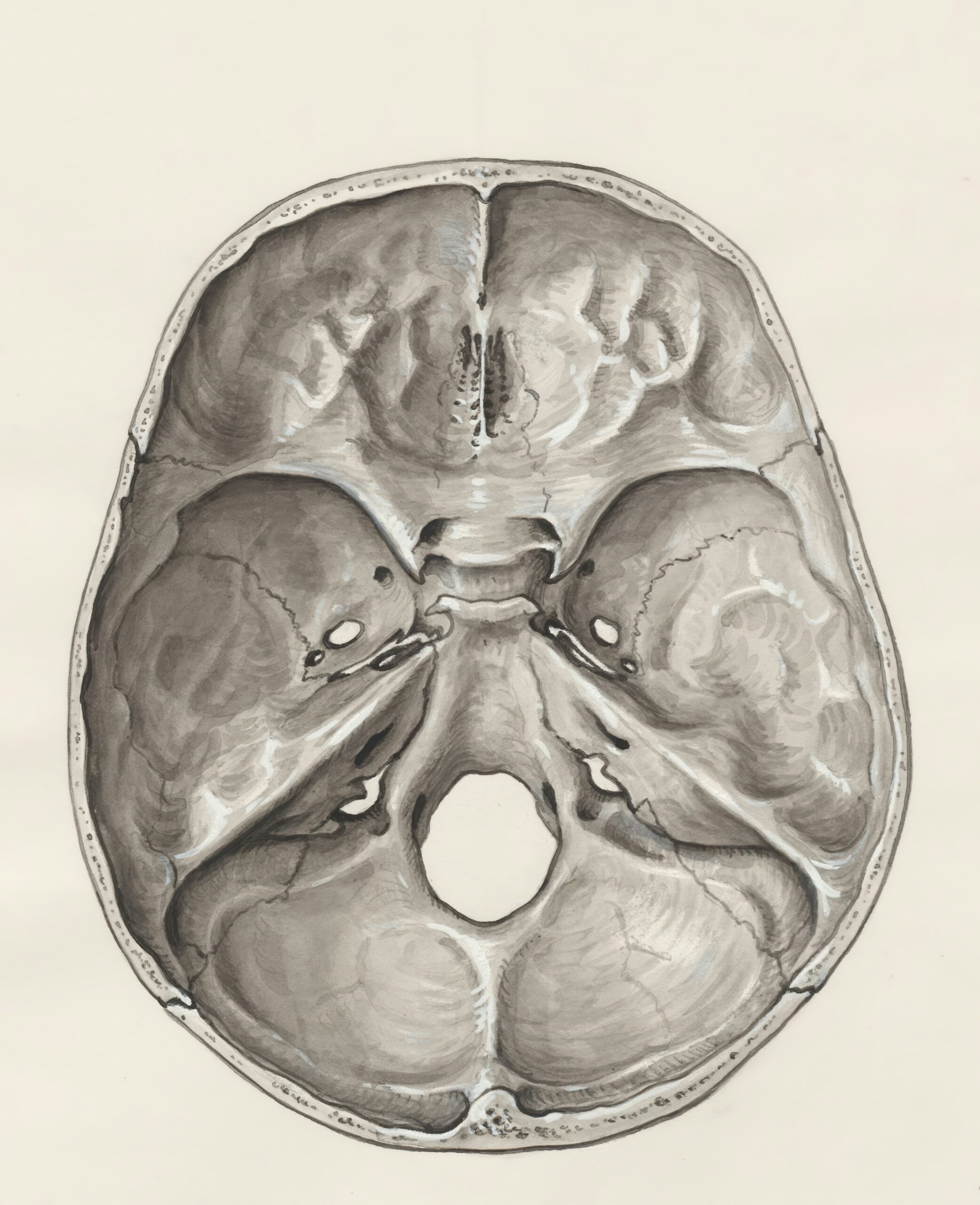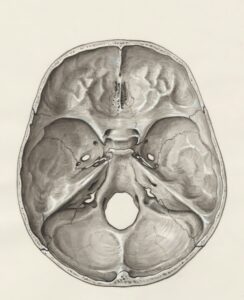Anxiety is something most of us have experienced at some point: Whether it’s the nervousness before an important exam, a racing heart before public speaking, or full-blown panic attacks. Anxiety is part of everyday brain chemistry and a natural response to stress. But what actually happens in our brain when we feel anxious? Why do we sweat, shake, or feel like we can’t breathe?
Let’s break down the science behind anxiety and understand what’s going on inside our heads:
- The brain’s alarm system: The amygdala and the fight-or-flight response
- The role of neurotransmitters: serotonin and cortisol
- Chronic anxiety: When the brain’s alarm system gets stuck
- Managing anxiety: Retraining the brain
- Understanding anxiety and adapting our mindset
The brain’s alarm system: The Amygdala and the fight-or-flight response
At the core of anxiety is a small, almond-shaped part of the brain called the amygdala. This is our built-in alarm system, responsible for detecting threats and triggering our “fight-or-flight” response. Back in the day, this was essential for survival. Let’s look at a popular image used to refer to external stimuli: If you spotted a tiger in the wild, your amygdala would send signals to your body to prepare for danger. The more tigers you saw, the more your brain was trained to see and react to them. The sudden increase in cortisol following the trigger enabled you to run faster and thus increase your chances of survival.
The problem? In modern life, our amygdala doesn’t always know the difference between real danger and everyday stress. It can overreact, making us feel like we’re in a life-threatening situation when we’re really just late for work or facing a difficult conversation. This overactivity is what leads to feelings of fear, rapid heartbeat, and even panic attacks.
We differentiate between two types of stress: “Positive” stress can lead to higher productivity and efficient workflows. If you cross a certain threshold, this healthy reaction becomes an overreaction to the stimuli, resulting in levels of stress that are too high to be maintained for longer periods of time.
The role of neurotransmitters: serotonin and cortisol
Anxiety isn’t just about one part of the brain, it’s also influenced by chemicals called neurotransmitters. The two biggest players are serotonin and cortisol.
- Serotonin is often referred to as the “feel-good” chemical. Long-term low levels of serotonin are linked to increased anxiety and depression.
- Cortisol is our primary stress hormone. When we perceive danger (real or imagined), our body releases cortisol to keep us alert and ready to react. However, if cortisol levels stay high for too long, it can lead to chronic anxiety, insomnia, and even physical health issues like high blood pressure and other heart conditions.
”Neurotransmitters, neuropeptides, and hormones are the cause-and-effect chemicals for brain activity and bodily functioning.” — Joe Dispenza on Goodreads
Chronic anxiety: When the brain’s alarm system gets stuck
For some people, anxiety isn’t just an occasional response to stress: It’s a constant presence in their lives. When anxiety becomes chronic, the brain’s alarm system stays stuck in overdrive, making even small situations seemingly overwhelming. This can result in symptoms like:
- Restlessness and constant worry
- Difficulty concentrating
- Muscle tension and headaches
- Sleep disturbances
Over time, chronic anxiety can actually change the way the brain functions, making it harder to shut off the stress response. This is why professional support, therapy, and lifestyle changes are so important in managing anxiety long-term.
Managing anxiety: Retraining the brain
The good news? Anxiety doesn’t have to be something we’re stuck with forever. Our brains are incredibly capable and adaptable thanks to a phenomenon called neuroplasticity. This means we can actually retrain our minds to respond to stress in healthier ways. Here are a few science-backed techniques:
- Mindfulness and Meditation: Both techniques can regulate the amygdala and reduce overactivity.
- Breathing Exercises: Breathing patterns can activate the parasympathetic nervous system, calming the fight-or-flight response.
- Exercise: Regular and healthy exercise can boost serotonin and reduce cortisol levels.
- Cognitive Behavioural Therapy (CBT): CBT can help reframe anxious thoughts and challenge irrational fears.

Understanding anxiety and adapting our mindset
Anxiety might feel overwhelming, but understanding what’s happening in the brain can make it less scary. It’s a perfectly natural response to an external stimulus.
Contrary to popular belief, it’s not a sign of weakness. It’s simply our brain doing its best to protect us, even when it overreacts. The key is learning how to regulate these responses and retrain our minds to handle stress in healthier ways:
- Explore mindfulness, meditation and breathing exercises
- Exercise regularly, if possible, outside
- Take regular breaks if you feel overwhelmed
- Analyse and eliminate external stimuli that can be triggering
If anxiety is interfering with your life, remember: Help is out there, and you’re not alone.









